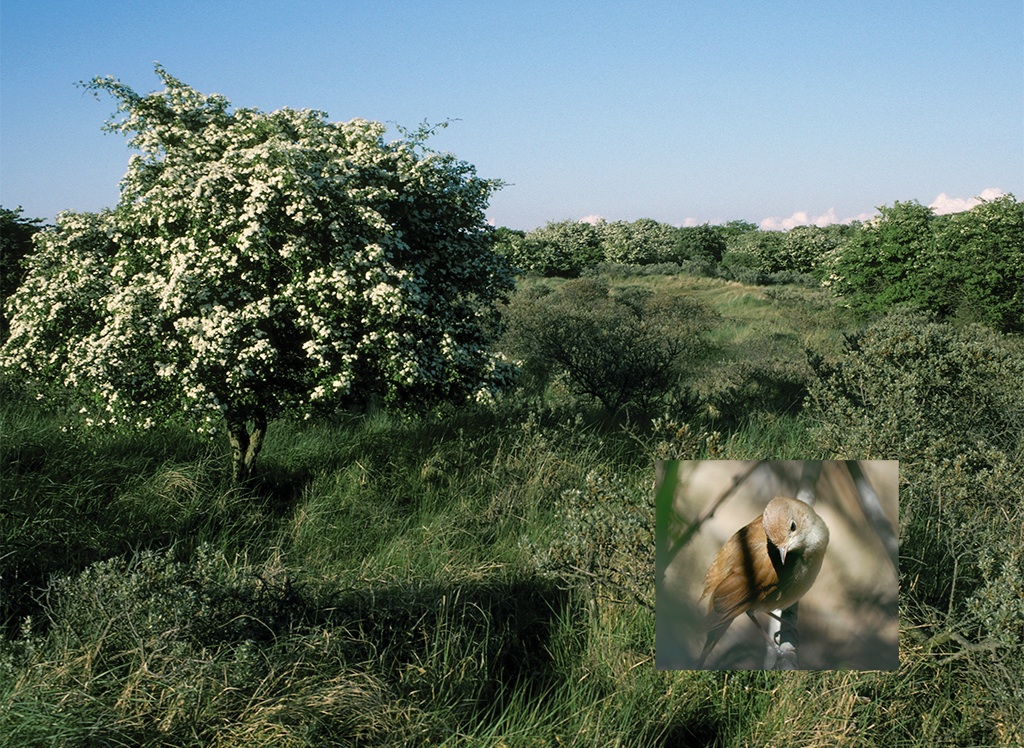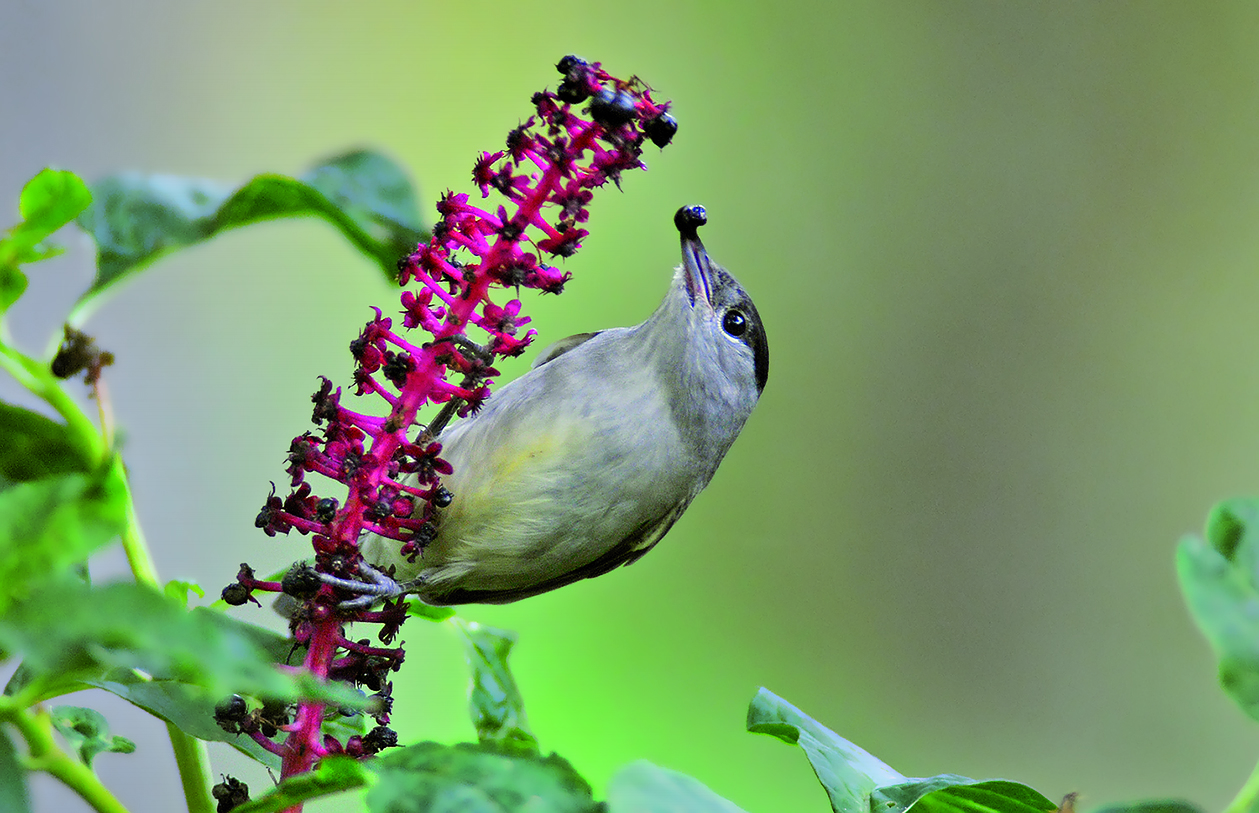JayFeatherPL
Well-known member

How does young eurasian golden oriole sound like? I can't find this song, can someone send it?

Sorry, I am not sure what you mean. There a two types of sounds from Golden Oriole; the song and the call.How does young eurasian golden oriole sound like? I can't find this song, can someone send it?

I mean sth like this, it's my own recording, but I can't find it on the internetSorry, I am not sure what you mean. There a two types of sounds from Golden Oriole; the song and the call.
The song is a fluty whistle, but is not given by young birds.
The call is a jay like - raucous call. (There is probably a begging call from the young but not sure what it is) This is given by all age groups and sexes and I guess this is what you mean?
The Collins Bird app has the call, and there a plenty of examples on www.xeno-canto.org ( Eurasian Golden Oriole (Oriolus oriolus) :: xeno-canto)

| Subsong | quiet, continuous, varied sounds and mimicry | juvenile/immature |
| Plastic song | loud, similar to fully developed song | immature |



≈[Pirol, Oriolus oriolus:] Außerdem tritt ein [V]erhalten schwätzender und vielgestaltiger Subsong auf, wenn die Handlungsbereitschaft zum Vollgesang nicht hoch genug ist.
[Oriole, Oriolus oriolus:] Besides, a babbling and varied subsong occurs until the song crystallises.

Im Flug ein spechtartig scharfes 》jik-jik《 oder》uick-uick《. Dieser Ruf ist auch typisch für selbständige Jungvögel, die sich noch im Familienverband aufhalten.
(which is pretty much the same as CARERY's answer above with the exception of the parts in bold)In flight a sharp woodpeckerlike》yik-yik《 or 》uick-uick《. This call is also characteristic of independent young still remaining in family groups.
Yes:there is no sharp definition, or is there?
That's juvenile.birds before the first moult

The way I took it, he meant the German term 'Jungvogel' and the sharpness of its definition, not the distinction between 'juvenile' and 'immature'.Yes:
That's juvenile.
Immature is any plumage that's not adult.
This is really fundamental stuff.
